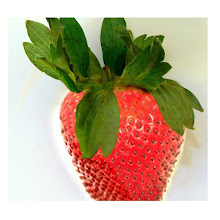Considering what has been visually appreciated, there seems to have been a shift from the most easily obtained pigments, which happened to be earth tones, to a concern with ornate detail, to a fascination with "alien" or highly manufactured, glossy, bright surfaces. As new materials become available, the idea of what is fresh or appealing also changes.
The aesthetic has gone through phases (natural pigment, detail, polish) dependent on the mode of creation. Our communication tools are an example of this.
In the 1800s, Europeans used pipe tomahawks in trade and in establishing friendship or enmity with indigenous tribes. These tools were a type of communication. Pipe tomahawks were designed in Native American style with natural materials and earth-tones-- the kind of design that is at the core of human decoration. There is no pink plastic in the wild, but there is still the urge for cheerful embellishment.

pipe tomahawk, from Shoshone artifacts, 1800s
When phones were invented, they changed over time according to a 20th century aesthetic evolution. Early telephones (e.g. Swedish Rikstelefon) had elaborately shaped handsets and ornamented bases. These were eventually replaced by sets (e.g. Princess phone) which were brightened with color and simplified in shape. Detail was removed. With the advent of cellphones, shapes have become even more sleek and compact.

Swedish Rikstelefon, 1896

Princess phone, 1960s

Nokia Sirocco

Nokia Prism 7900 and 7500

Nokia 7280 Lipstick

Sony Ericsson K8501

Apple iPhone
There are exceptions to this progression in design. For example, hand-made letterpress printed stationary is created and sold by Egg Press today. The materials, method of production, and even use of this communication tool is nostalgic. Still, the images printed on the cards look fairly modern due to their graphic, clean shapes.




Egg Press Stationary, hand-made since 1999
photo credits: Smithsonian Institution, Wikimedia Commons, Nokia, Sony, Apple, Egg Press.
